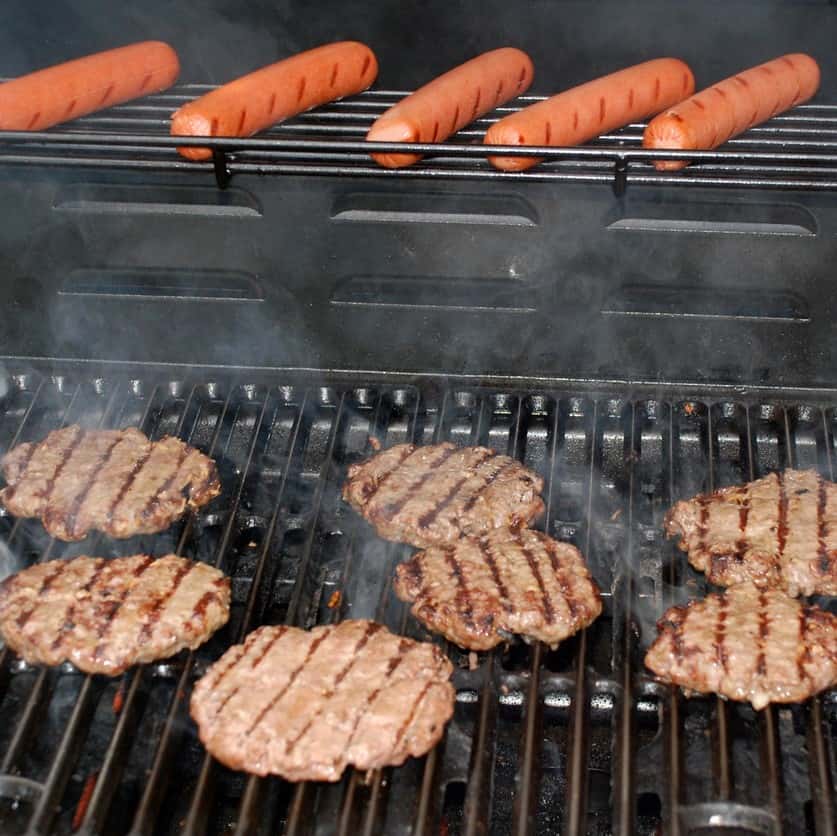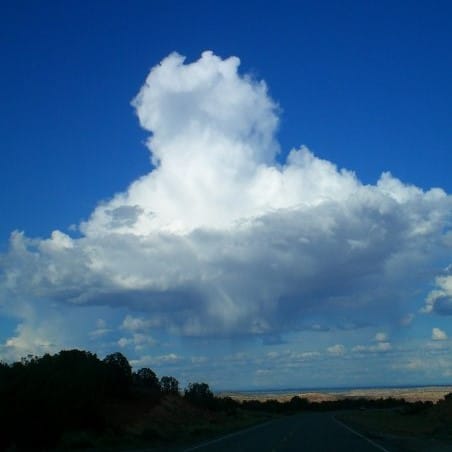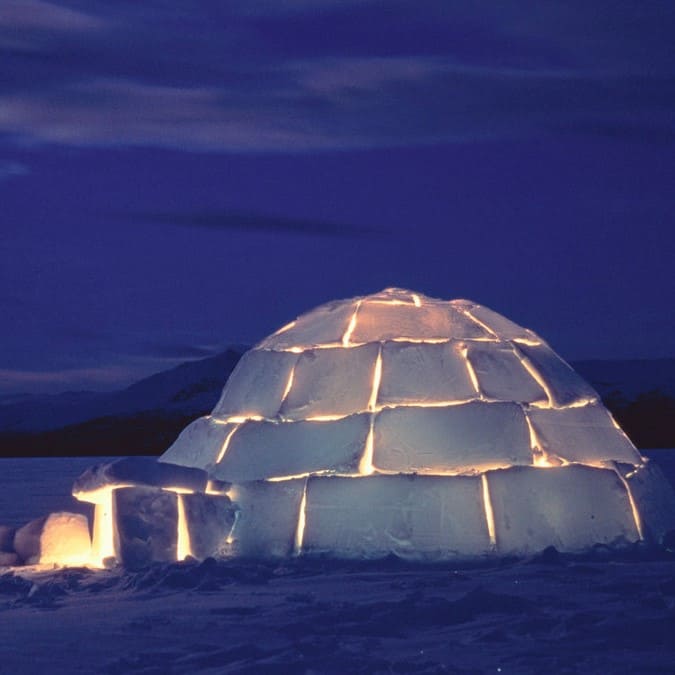Links at end of newsletter. Infographic Learn & Create Workshops Highlighted Tools SPIE Digital Library eBooks American Society of Civil Engineers Research Library Course Reserves ICON
Category Archives: Resources
Summer Food Safety
It’s the good ‘ole summertime! The time when thoughts often turn to picnics and barbecues! Yup, it is that time of year – the time for summer cookouts and get-togethers. And, hopefully, no food-borne illnesses! Did you know the Centers for Disease Control and Prevention (CDC) estimates that 48 million people get sick from aContinue reading “Summer Food Safety”
National Worship of Tools Day!!!
IT IS NATIONAL WORSHIP OF TOOLS DAY!!! Can you imagine a life without tools? We can’t! And you don’t have to! We have approximately 233 tools in our Tool Library – and are always adding more! We have all sorts of things! We have laptotps and iPads, chargers and cables, hammers and screwdrivers, 3D scannersContinue reading “National Worship of Tools Day!!!”
Do You Have Your Head In the Clouds?
Do you remember lying on your back on the grass and looking at the clouds – finding the shapes, marveling at all the differences? The types, the colors? Looking through old family slides and photos I discovered my father took a lot of pictures of clouds – as do I, my brother and my daughter.Continue reading “Do You Have Your Head In the Clouds?”
May the F=mA Be With You!
The next chapter in the Star Wars© franchise will be released at the end of this week. Have you ever wondered about physics in that galaxy far, far away? How did Han Solo and the Millennium Falcon make the Kessel Run in under 12 parsecs, when a parsec is a unit of distance and not of time?Continue reading “May the F=mA Be With You!”
Rockbolting
If you are like me and are driving through a rock tunnel (like the one below in Custer State Park, South Dakota), you might be amazed at how sturdy it is and a little afraid of the “Falling Rock” sign. But, again, if you are like me, you’ve probably not given more than a passingContinue reading “Rockbolting”
Build Your Own Igloo!
So, it’s winter. You are tired of being cooped up inside. You need exercise (and not on a treadmill). You need fresh air. Got snow? Why not build an igloo? A great way to spend some time in the great outdoors – fresh air, exercise – fun with your family and friends! So, let’sContinue reading “Build Your Own Igloo!”






